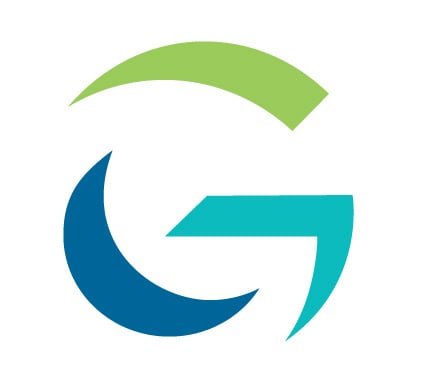Genus Technologies Recognized as a Certified Move-Up Consultant by Tungsten Automation
Genus Technologies is proud to announce that we are the first to be recognized as a Certified Move-Up Consultant by Tungsten Automation. This...
1 min read
 Kirk Ulman
:
Oct 20, 2022
Kirk Ulman
:
Oct 20, 2022

Today’s transactional systems make the concept of real-time updates a reality. Such updates are mandatory for systems like online ordering, where prospective customers want to know whether an item is in stock. However, for other systems—financial systems in particular—real-time updates create challenges when comparing the value of a set of transactions on one system with the value of the duplicate transactions on another system. The values must match; if they do not, someone must track down the issue. We all have struggled with balancing a personal checking account statement, and these systems are no different, except that the scale of the challenge can be much, much more significant.
A critical power of Tungsten Automation TotalAgility® is its ability to process at a transaction level. Gone are the days when staff had to complete an entire “batch” of scanned or otherwise captured content before the individual transactions within the batch were complete. While end-to-end transactional processing is acceptable and welcome in many automation scenarios, sometimes system-to-system balancing requirements necessitate doing things differently.
Typically, TotalAgility applications create a unit of work encapsulating a single business transaction. That transaction could be an accounts payable invoice with all its supporting documentation, a truckload of goods with all its supporting documents, and so on. Once the transaction completes, the data and the documentation are released to the next system in the processing chain.
Balancing the transactions between TotalAgility and the upstream system can be a challenge. TotalAgility transactions may occur at offices with different accounting cutoffs (day, shift, etc.). Challenges can arise with aligning those transactions with upstream system boundaries and cutoffs. Genus has also encountered other situations where intermediate processes have to complete and balance before documentation is available in the upstream system.
To address these requirements, Genus developed a technique allowing organizations to control the “batching” of TotalAgility transaction data and, if necessary, their associated documents into well-defined transaction sets (batches). Configurable TotalAgility modules establish transaction boundaries for the particular site and application. The modules select transaction data inside those boundaries at an appointed time and upload (export) it to the upstream system. The modules track upload success and supply other transaction details. Those details, along with additional reporting points, support quick resolution of any imbalance between the systems.
Companies run on checks and balances. Understanding the state of the business without them would be impossible. Real-time updates of every business transaction sound interesting, but chaos can ensue without implementing the proper checks and balances. Genus’s TotalAgility transaction boundary modules bring good order and accountability to any automated application.

Genus Technologies is proud to announce that we are the first to be recognized as a Certified Move-Up Consultant by Tungsten Automation. This...

If you're currently using Tungsten (formerly Kofax) Capture, you've already taken a major step toward digitizing your document workflows. But as...

A key financial process for any business is getting the check in the bank. Leaving customer payments laying around is literally leaving money on the...